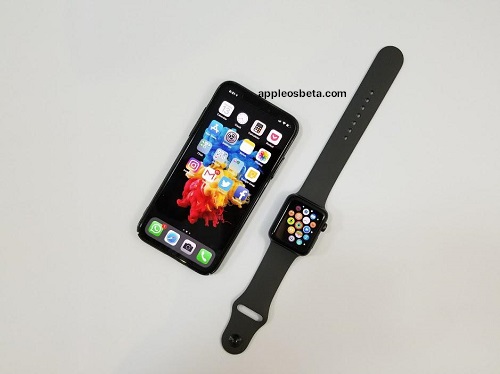Apple wants to produce its own Apple Watch and iPhone displays. From 2024, Apple intends to produce its own displays for its mobile devices, reducing its dependence on partners such as Samsung and LG.
Apple opens up Podcast uploading to rival services
This was reported by Bloomberg explaining that Apple would like from the end of next year to start using its own display starting from the top-of-the-range Apple Watch, using microLED technology. The idea is to start from the Apple Watch and then use this type of display on the iPhone as well.
For screens, Apple currently relies on partners such as Samsung and LG but also on companies such as Japan Display, BOE Technology and Sharp.
According to Bloomberg’s Mark Gurman, next-generation displays should boast higher brightness, brighter colors and better viewing angles compared to those seen in the current generation of Apple Watch. “The displays make the contents appear as if they were painted on top of the glass” according to those who have seen alleged prototypes kept secret.
To deal with this alleged project is Wei Chen, head of Apple’s display technology group, a group which in turn operates under the control of the Hardware Technologies division led by John Srouji.
Bloomberg points out that Apple started getting involved in micro-LEDs in 2018 with the aim of producing the first products in 2020; the project would have suffered setbacks due to high costs and technical problems. “For these same reasons, it is possible that the 2024 target outlined today will also slip to 2025”.
The Cupertino House, as mentioned, relies on various external suppliers for the current displays and would have designed and conceived the new displays to be made “in house” using a proprietary manufacturing process.
In the same way as it also intends to do with Qualcomm and Broadcom, by exploiting a proprietary chip for modems, Bluetooth and WiFi in the future, an “in-house” display would make it possible to further reduce dependence on some suppliers, as was done at the time on the Mac with the switch from Intel CPUs to Apple Silicon processors. It cannot also be excluded that these rumors are artfully circulated to put pressure on suppliers in order to obtain the best possible prices on large supplies.

